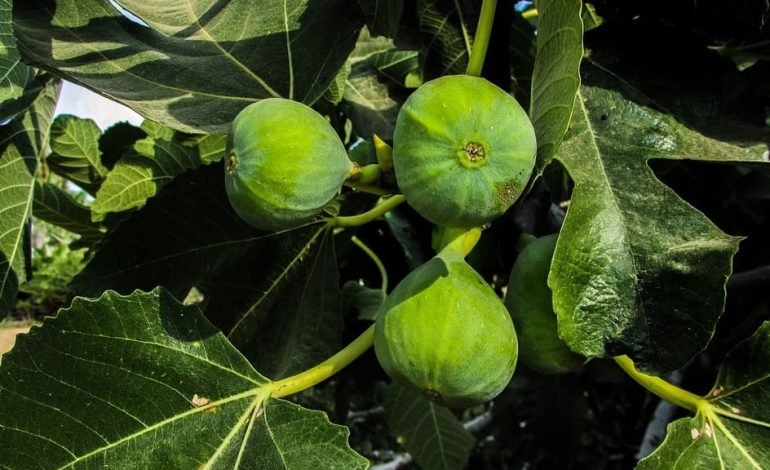Fig trees that store carbon as stone could help reshape how we fight climate change

Some fig trees, it turns out, are doing far more than bearing fruit but are turning themselves to stone, quite literally. A team of researchers from Kenya, Switzerland, Austria and the US have discovered that certain species of fig trees in East Africa are able to convert carbon dioxide (CO₂) into a solid mineral form and store it within their trunks and surrounding soil. While many trees absorb CO₂ and hold it as organic carbon, these fig trees take the process a step further, forming calcium carbonate, the same mineral found in chalk and limestone.
This ability is part of what’s known as the oxalate-carbonate pathway, and it’s been observed before in tropical species. But the fig trees in question, including Ficus wakefieldii, are among the first fruit trees shown to perform this transformation, and potentially among the most efficient. For the UK, where agroforestry and rewilding projects are gaining traction, the implications are promising.
The study, unveiled at the Goldschmidt Conference in Prague this week, highlights how fig trees grown in Kenya’s Samburu County manage to store carbon in both their wood and the surrounding earth. As the trees age and their tissues break down, microbes convert calcium oxalate into calcium carbonate. This process not only sequesters CO₂ but also improves soil quality by making it more alkaline -potentially boosting nutrient availability.
Unlike organic carbon, which can decompose and return to the atmosphere, inorganic carbon in the form of calcium carbonate is more stable and remains in the soil for far longer. That’s why this discovery matters, particularly as countries consider which tree species to plant to fight carbon emissions. As one of the lead scientists, Dr Mike Rowley from the University of Zurich, pointed out, the carbon capture potential of these trees has been underestimated until now.
Interestingly, this approach could complement ongoing UK climate initiatives. Organisations such as the Woodland Trust already encourage carbon offset planting, and adding species with inorganic sequestration abilities could enhance these efforts. Dr Rowley explained that while trees like Milicia excelsa (Iroko) were the first to show such behaviour, the fruit-bearing fig tree brings new benefits to the table – combining food production with carbon capture. You can explore more about the study on ScienceDaily’s coverage of the research.
In practical terms, the researchers are now assessing the viability of using Ficus wakefieldii in agroforestry, including its fruit yield and water demands. If the results hold up under wider testing, it could shape how we approach reforestation – not just in tropical areas, but potentially in adapted temperate zones too.
This finding also dovetails with growing interest in long-term soil carbon storage. In a time when headlines often focus on industrial tech for carbon capture, nature might be offering a quieter, but more sustainable, solution.
Follow us on:
Subscribe to our YouTube channel for the latest videos and updates!
We value your thoughts! Share your feedback and help us make EyeOnLondon even better!









